Funk music, a vibrant blend of African American cultural heritage, jazz, blues, and soul, emerged as a powerful force in music history, reshaping genres and inspiring countless artists across generations. At its core, funk is not just music—it’s a movement, a celebration of rhythm, groove, and the unfiltered essence of human emotion. From its origins in the mid-20th century, funk became a cornerstone of African American identity, reflecting struggles, joy, and resilience. This article delves into the rich history of funk music, exploring its evolution, cultural significance, and enduring influence on global music and dance. We’ll examine how funk dance, with its electrifying moves and deep meanings, became a defining feature of the genre, and uncover the artists who helped shape its legacy. By tracing funk’s journey from its humble beginnings to its impact on today’s pop culture, this exploration will reveal why funk remains a timeless phenomenon, bridging generations and continents in its quest to bring people together through music and motion.
Key Takeaways
– Funk Dance Explained: Originating from African American communities, funk dance blends jazz, blues, and soul, celebrated for its improvisational movements and powerful rhythms.
– Funk Music’s Rhythmic Core: Defined by a driving downbeat and syncopation, funk music’s legacy includes iconic artists like James Brown, known for pioneering the “funky drummer” style.
– Diverse Funk Dance Techniques: From dynamic popping and precise locking to flowing waves and playful boogaloo, funk dance offers versatile styles for every mover.
– Cultural Preservation: As a cornerstone of Black cultural heritage, funk dance and music have influenced hip-hop and continue to inspire modern performances, embodying resilience and creativity.
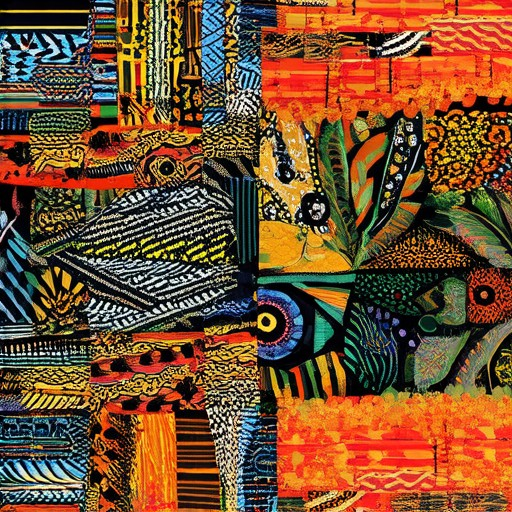
The History of Funk Music
Funk music emerged in the mid-20th century as a vibrant blend of African American musical traditions, reflecting the cultural shifts of its time. Originating in the late 1960s and early 1970s, funk was born out of the Black Arts Movement, a period marked by significant social change in the United States.
Origins of Funk
Funk began in African American communities, particularly in cities like New York, Philadelphia, and Los Angeles. It drew from jazz, rhythm and blues, gospel, and Latin music, developing a distinctive syncopated rhythm and strong beats. Funk became a vehicle for political expression, often addressing issues of race, equality, and societal challenges.
Key Artists and Influencers
The genre was heavily influenced by groundbreaking artists who pushed its boundaries. James Brown, known as the “Godfather of Funk,” popularized the genre with his dynamic vocals and relentless rhythms. Other pivotal figures included George Clinton, whose Parliament-Funk Alliance created innovative, socially conscious tracks. Artists like Curtis Mayfield and The Isley Brothers also left indelible marks on funk, blending it with soul and disco.
The Cultural Impact
Funk wasn’t just music; it was a cultural movement. It reflected the struggles and triumphs of the African American community during a time of significant social change. The genre’s raw energy and authenticity resonated globally, influencing everything from hip-hop to contemporary R&B. Many of its elements, like sampling and beat-making, remain foundational in modern music production.
Influence on Modern Music
Funk’s legacy is evident in its enduring presence across genres. Rap and hip-hop artists have frequently sampled funk tracks, drawing inspiration from its infectious grooves. Disco and boogie also owe much to funk’s rhythmic foundation. Its influence extends beyond music, shaping fashion, dance, and even film soundtracks.
Legacy and Relevance
Today, funk continues to thrive, celebrated by enthusiasts and incorporated into various forms of popular culture. Festivals and events dedicated to funk highlight its timeless appeal. The genre’s emphasis on individuality and self-expression remains a powerful message, echoing the values of the era in which it arose.
Explore the Evolution of Funk to dive deeper into its history and cultural significance.
The Origin Of The Funk Dance
The funk dance style originated from African American cultural practices and musical traditions, evolving into a vibrant and expressive form of dance that gained prominence in the mid-20th century. Its roots can be traced back to a blend of African rhythms, jazz, blues, and gospel music, reflecting the resilience and creativity of Black communities.
Funk dance began to emerge in the 1960s, influenced by artists like James Brown, whose groundbreaking performances popularized the genre. The Soul Train dancers, led by Billy “Boom” Boom, brought funk moves into mainstream consciousness through their iconic television show. Their innovative choreography, including the “Soul Train Shuffle” and “Moonwalk,” became synonymous with funk culture.
Key characteristics of funk dance include fluidity, isolation, and storytelling, allowing dancers to express emotion and tell a narrative through their movements. The genre’s influence extended beyond music, shaping modern dance styles and contributing significantly to the development of hip-hop culture.
Today, funk remains a cornerstone of dance culture, celebrated for its authenticity and historical significance. Tiger Funk, a leading platform dedicated to funk, soul, and jazz fusion, offers extensive resources to explore the genre’s evolution and impact. From historical retrospectives to artist profiles, Tiger Funk provides a wealth of information for enthusiasts looking to dive deeper into the origins and legacy of funk dance.
Tiger Funk: Celebrating the History of Funk, Soul, and Jazz Fusion
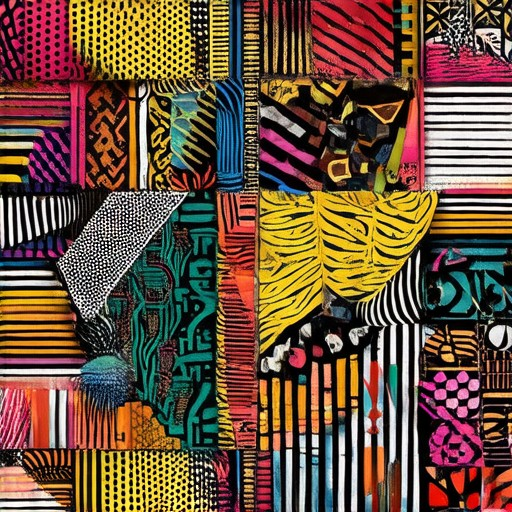
The Impact of Funk Music
Funk music, characterized by its syncopated rhythms and driving basslines, emerged in the late 1960s and quickly became a defining force in music history. Its influence extends far beyond sound, shaping culture, fashion, and social movements. Here’s a breakdown of its profound impact:
1. **Cultural Revolution**: Funk served as a powerful medium for social change, particularly within African-American communities. Its infectious grooves and raw energy became symbols of empowerment and resistance, inspiring movements like Black Power and fostering pride in African heritage.
2. **Musical Innovation**: Funk bridged genres, blending elements of jazz, rock, and soul to create a unique sound that resonated globally. Its rhythmic complexity and improvisational nature encouraged musicians to push creative boundaries, leading to the development of fusion genres like jazz-funk and Afrobeat.
3. **Fashion and Style**: Funk’s influence extended to fashion, with its bold patterns, platform shoes, and flamboyant styles becoming synonymous with the 1970s counterculture movement. The music’s energy inspired confident, expressive wardrobes that continue to inspire today.
4. **Language and Vernacular**: Funk played a role in shaping slang and cultural expressions. Phrases like “get funky” and “groove” became part of everyday language, reflecting the music’s central role in societal discourse.
5. **Dance and Movement**: Funk’s hypnotic beats and intricate rhythms created dances like the Boogaloo and the Hustle, which became iconic symbols of the era. These dances transcended music, influencing film, television, and even contemporary dance styles.
6. **Global Adoption**: While rooted in African-American culture, funk found widespread adoption worldwide. Artists from James Brown to Prince drew inspiration from funk, while international acts like The Rolling Stones and David Bowie incorporated its elements into their work, spreading its influence globally.
7. **Legacy**: Today, funk remains a cornerstone of music history, celebrated by festivals like New Orleans’ Voodoo Experience and honored by legends who credit funk as a foundational genre. Its impact continues to shape modern music, from hip-hop to electronic beats.
8. **Competitors and Resources**: Explore more about funk’s legacy at Soul & Jazz , discover rare tracks at Classic Vibes , and dive deep into funk history at The History of Funk .
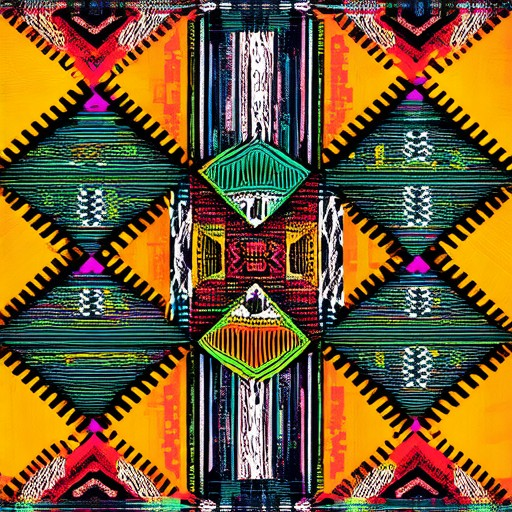
Funk Dance Meaning and Overview
Funk dance refers to a style of dance characterized by its deep connection to jazz, blues, and later soul and hip-hop cultures. Originating in African American communities, funk dance is rooted in improvisation, syncopation, and a strong rhythmic feel. It emphasizes fluidity, storytelling through movement, and a sense of groove that resonates deeply with audiences.
Definition and Origins
Funk dance is often associated with the late 1960s and 1970s, emerging from clubs and neighborhoods like Harlem and Watts. It draws inspiration from jazz and blues traditions, incorporating elements of improvisation and a driving bassline. The term “funk” itself carries connotations of something being “funky,” which in this context means having a strong, hypnotic rhythm.
Key Characteristics
- Rhythmic Complexity : Funk dance relies heavily on a strong, offbeat rhythm that creates a sense of momentum and energy.
- Movement Diversity : Dancers often use a mix of fluid, grounded movements and dramatic, aerial expressions to convey emotion.
- Cultural Significance : Funk dance has become a symbol of Black cultural resilience and creativity, reflecting the struggles and triumphs of African American communities.
Popular Styles of Funk Dance
- Electric Boogaloo : Known for its high-energy, acrobatic moves and playful competition between dancers.
- P-Funk : A style influenced by Parliament-Funkadelic, emphasizing smooth, robotic movements and synchronized patterns.
Cultural Impact
Funk dance has transcended boundaries, influencing everything from contemporary hip-hop to modern dance theater. Its emphasis on individuality and collective expression continues to captivate audiences worldwide, making it a cornerstone of Black cultural heritage.
If you’d like to explore funk dance further, visit Tiger Funk for in-depth articles, artist profiles, and historical insights into this vibrant art form.
What is the theory behind funk music?
Funk music emerged in the mid-1960s, primarily influenced by African American musicians who blended rhythmic elements from jazz, blues, and gospel. The foundation of funk lies in its distinctive rhythm, characterized by a strong, driving beat that emphasizes the first beat of each measure—the “One.” This downbeat is often accompanied by syncopated rhythms, where notes are placed off-beat, creating a sense of tension and release.
The genre’s development can be traced back to artists like James Brown, who popularized the “funky drummer” style. Brown’s innovative use of basslines and drum patterns set the standard for funk’s rhythmic complexity. His tracks often featured heavy basslines, hypnotic grooves, and intricate guitar riffs, creating a raw, primal energy that resonated with audiences.
Funk also incorporates elements of improvisation and collective ensemble playing, reflecting its roots in jazz. Artists like George Clinton and Parliament-Funk Alliance expanded on these ideas, creating a sound that was both danceable and thought-provoking. The genre’s lyrical content often addressed social issues, further cementing its cultural significance.
Today, funk influences a wide range of music genres, from hip-hop to pop. Its legacy continues to inspire new generations of musicians, proving its enduring appeal and artistic value.
For deeper exploration of funk’s history and impact, visit Tiger Funk , a comprehensive resource dedicated to celebrating this iconic genre.
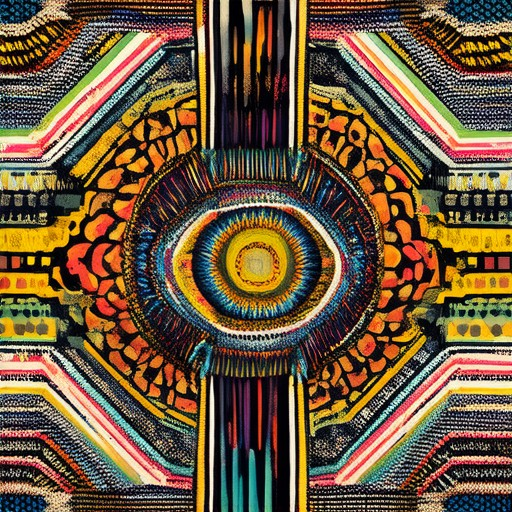
Funk Style of Dance
The funk style of dance is a vibrant and expressive form of movement that originated in African American communities in the mid-20th century. It is deeply rooted in the cultural tapestry of Black America, blending elements of jazz, blues, and social dance. Funk dancing is characterized by its fluidity, improvisation, and emphasis on personal expression.
Major Components of Funk Dancing
Funk dancing encompasses a variety of techniques and styles, each bringing unique flavor to the genre:
- Popping : A technique where dancers quickly contract and release muscles to create sharp, snapping movements. This is often accompanied by dramatic expressions and exaggerated gestures.
- Locking : A style that emphasizes strong, rigid poses held for extended periods. Dancers often showcase their ability to freeze in dynamic positions, showcasing power and precision.
- Waving : A smooth, continuous motion where dancers move their arms and upper bodies in a wave-like pattern, often accompanied by deep, resonant sounds from music.
- Gliding : A fluid, seamless movement where dancers glide across the floor, combining elements of balance and control to create a graceful effect.
- Boogaloo : A playful and comedic style that incorporates exaggerated movements, mimicry, and storytelling. It often involves humor and character acting.
- Strobing : A fast-paced, energetic style that mimics the rapid flashing of lights common in discotheques. It requires quick reflexes and synchronization between dancers.
- Animation : A style that focuses on creating a sense of motion and life through intricate, detailed movements. Dancers often imitate animals or objects, bringing stories to life through their bodies.
- Botting : A technique where dancers create robotic-like movements, often incorporating precise timing and repetition to achieve a mechanical appearance.
- Tutting : A style that involves creating intricate patterns with the feet, resembling the sound of a turkey gobbling. This technique is highly technical and demands precision.
Cultural Significance
Funk dancing goes beyond mere physical movement; it is a medium for self-expression, cultural preservation, and storytelling. Many funk dancers draw inspiration from their roots in African traditions, using their bodies to convey emotions and experiences. The genre has had a lasting impact on modern dance, hip-hop, and street performance art.
Conclusion
The funk style of dance is a dynamic and multifaceted art form that continues to evolve and captivate audiences worldwide. Its blend of technique, creativity, and cultural depth makes it a beloved aspect of global dance culture. Whether you’re watching a seasoned performer or trying your hand at funk yourself, the experience is guaranteed to be unforgettable.
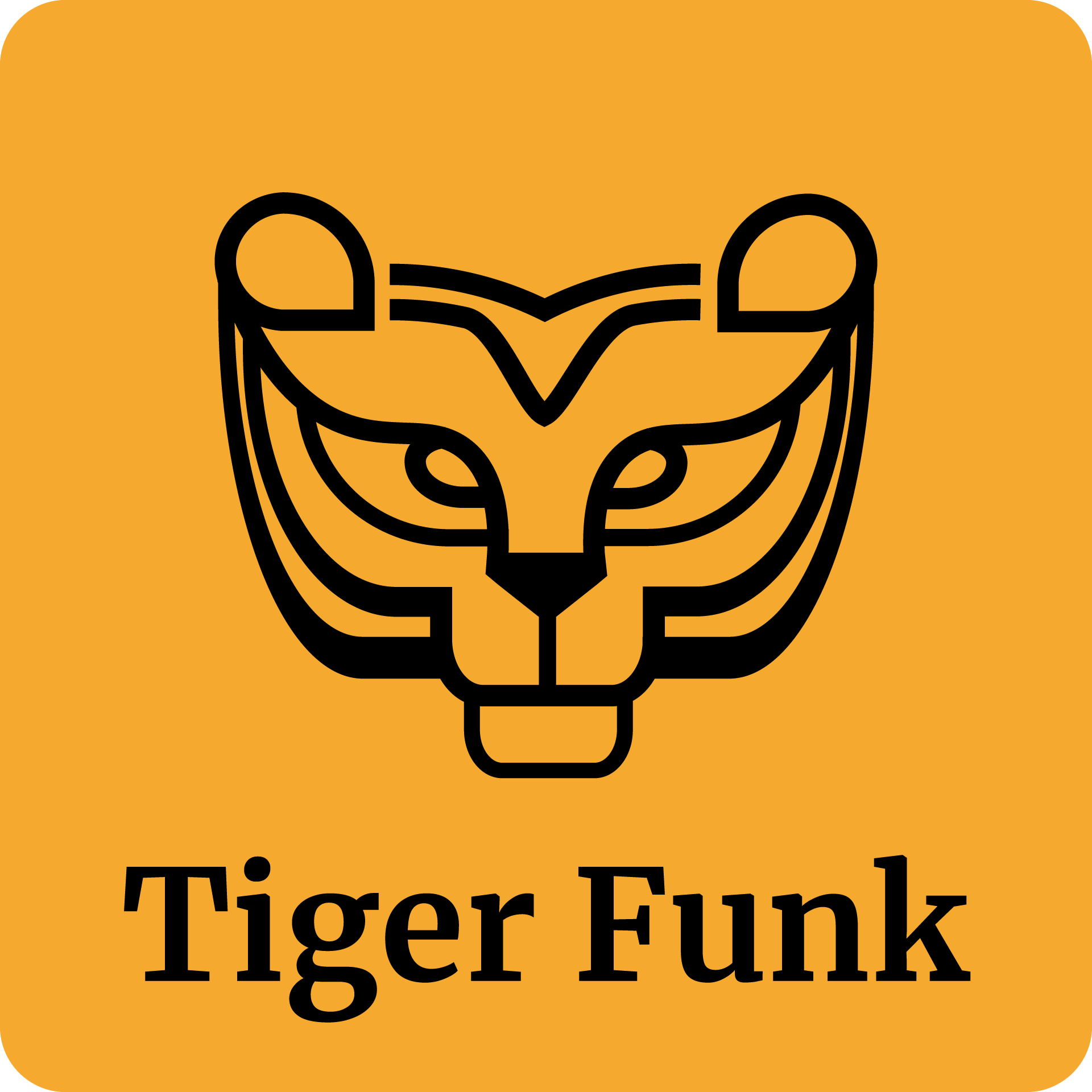
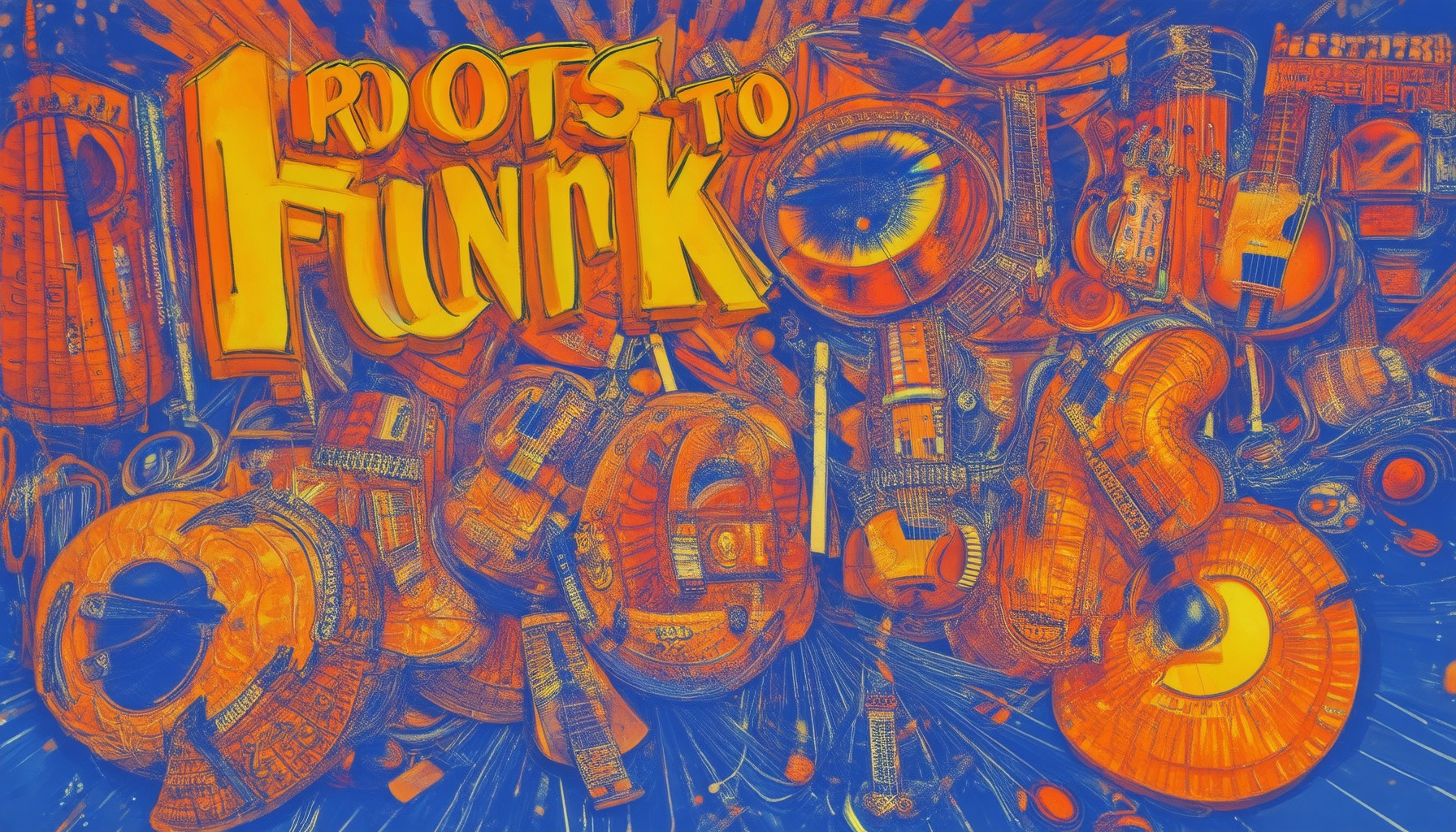
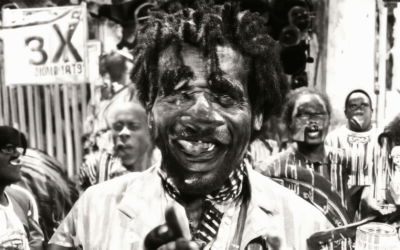
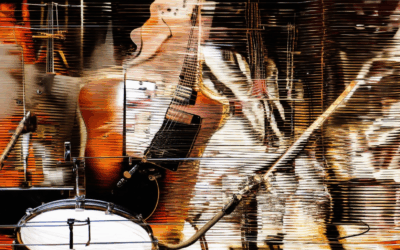
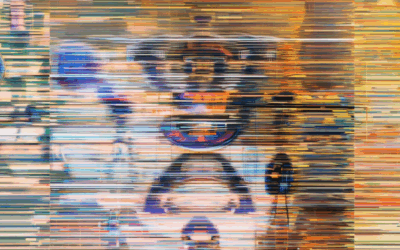
0 Comments